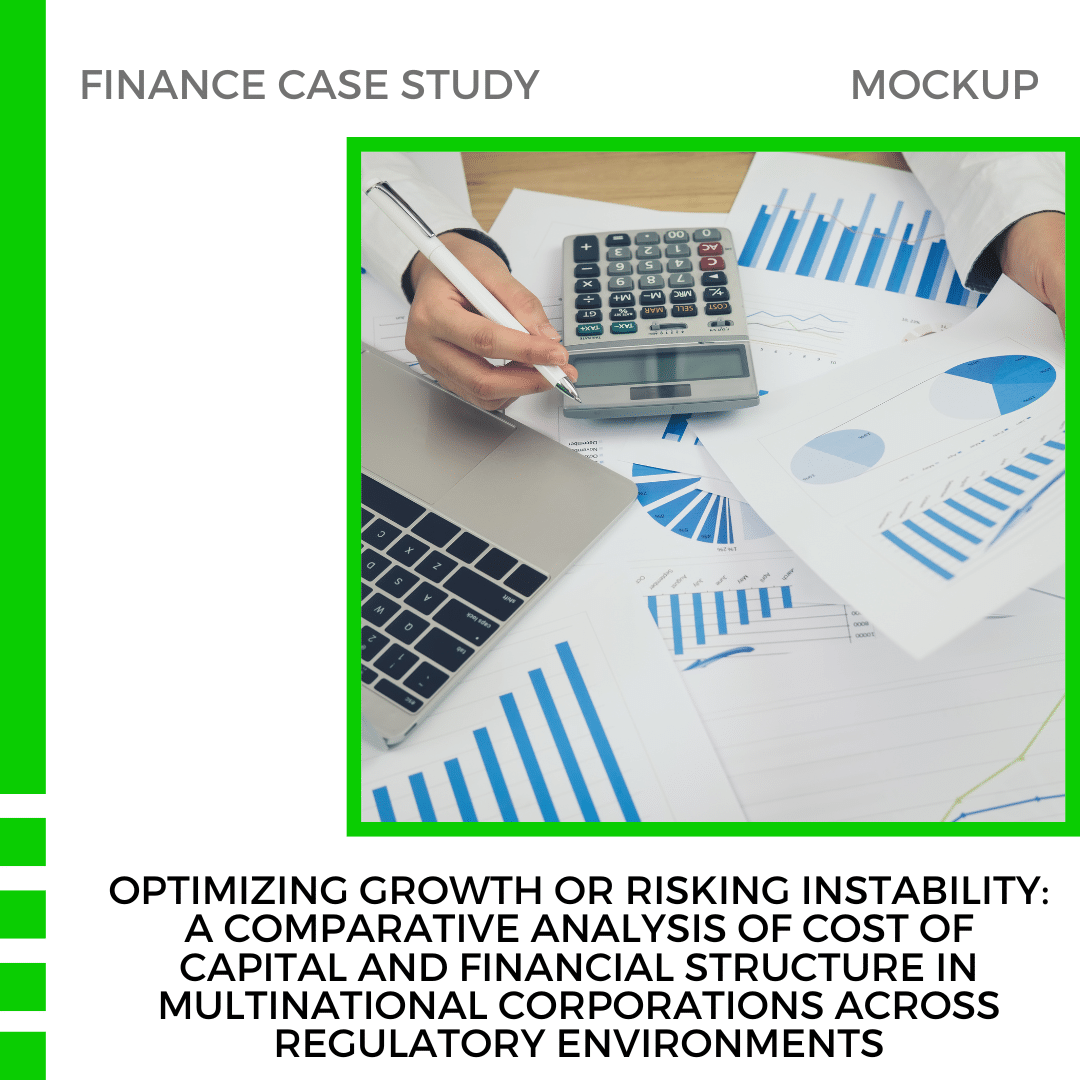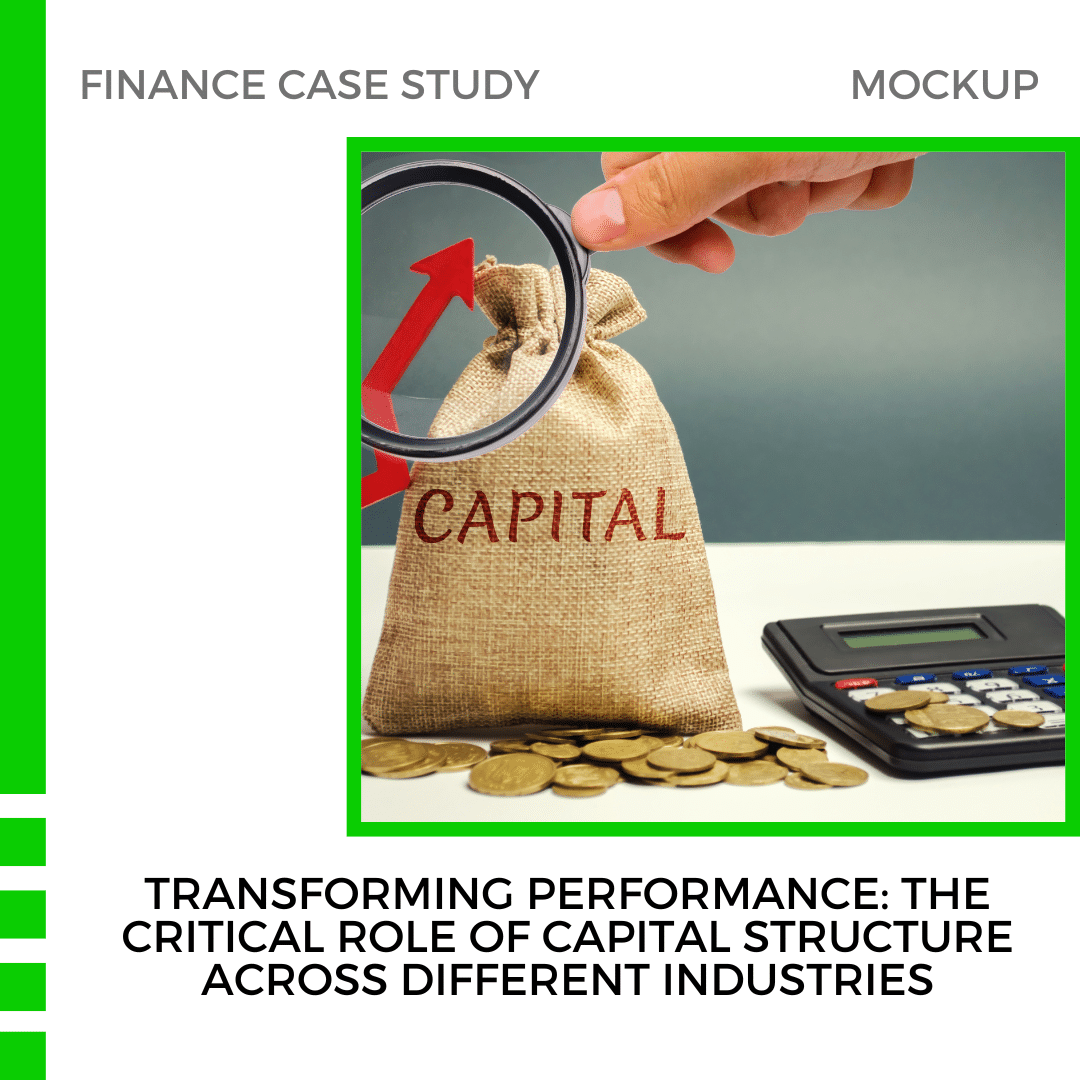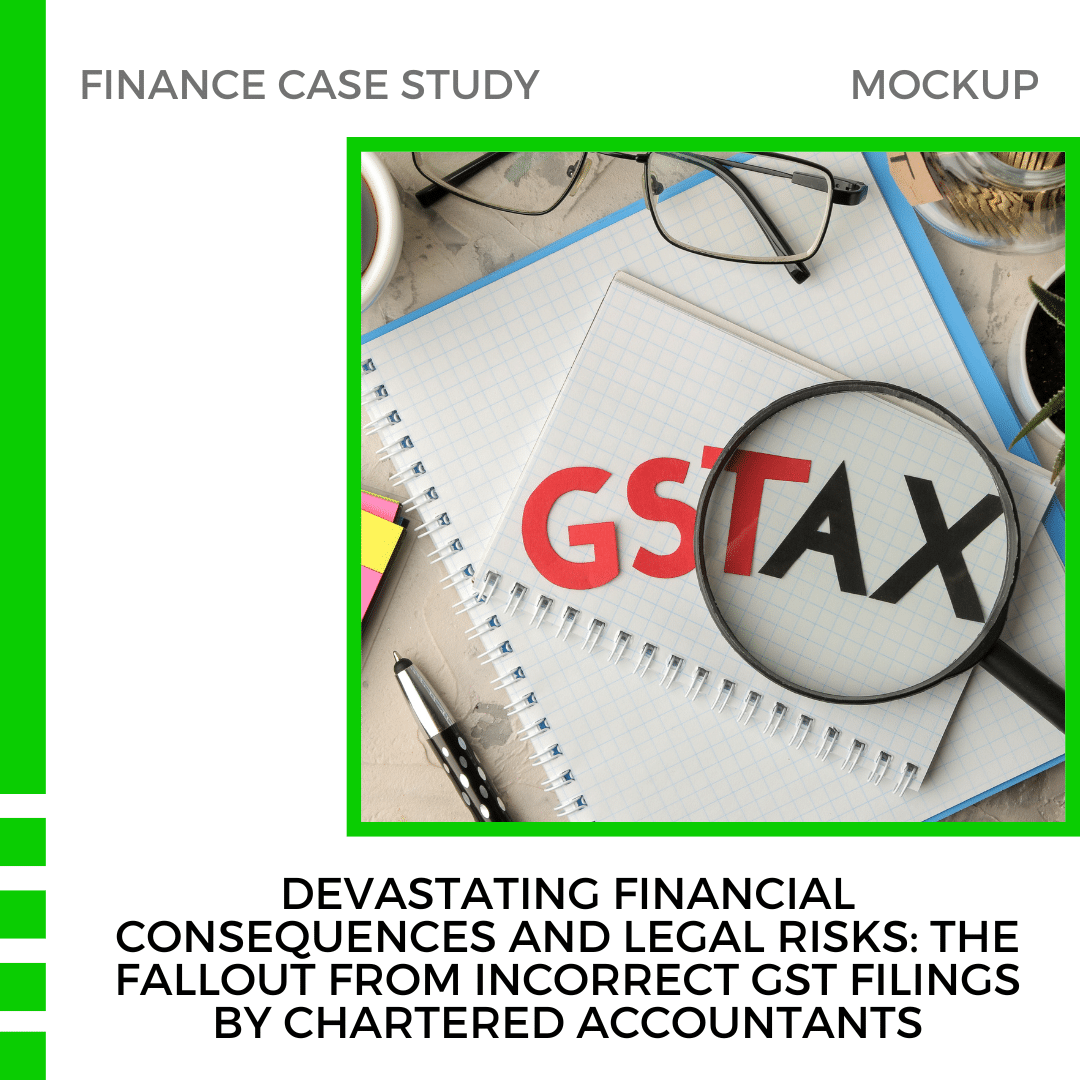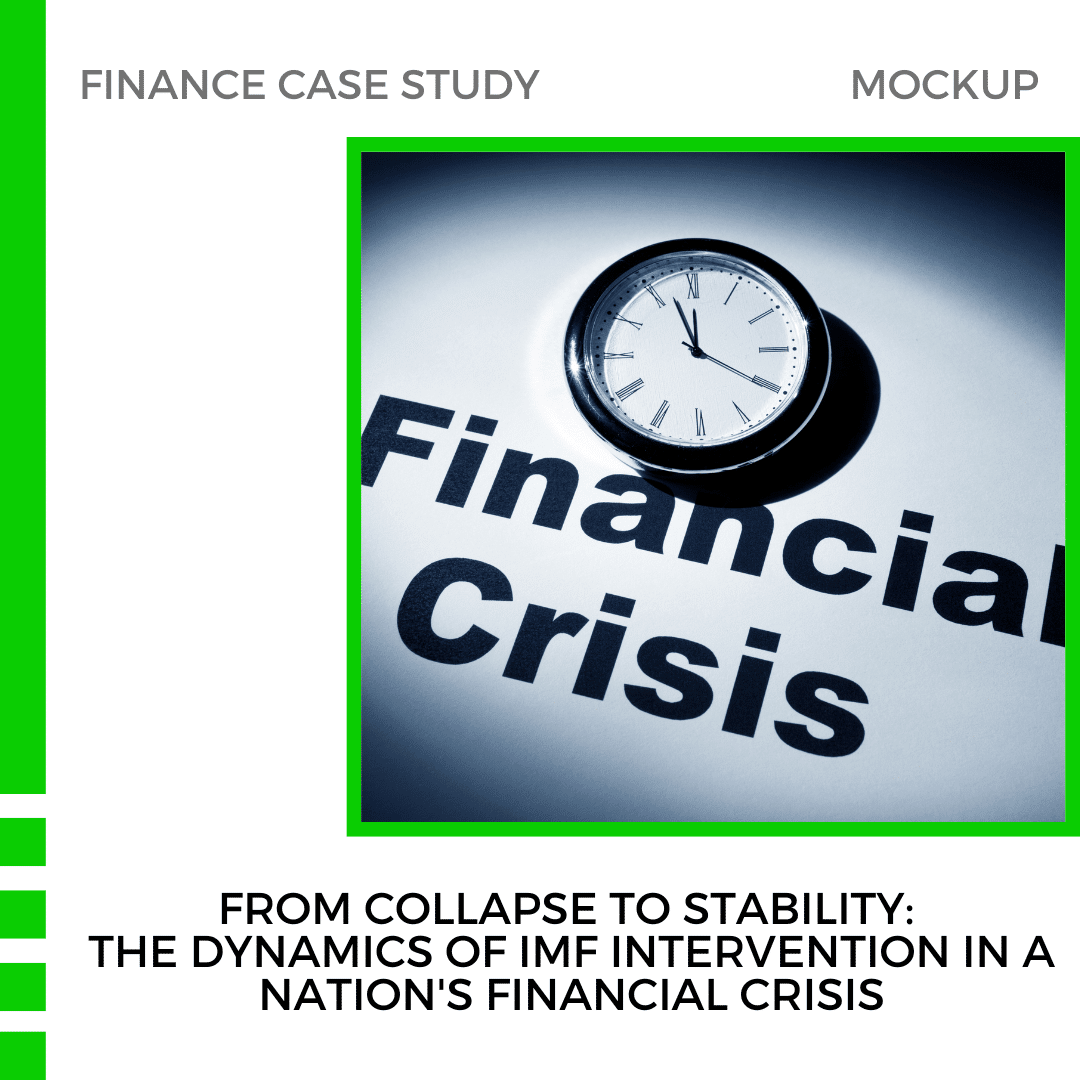Introduction Commercial banks play a crucial role in the economy by facilitating financial transactions, providing credit, and managing risks, collectively contributing to financial stability. However, their practices and decisions can significantly impact this delicate equilibrium of financial stability. This case study examines the relationship between commercial banking practices and financial …
Introduction Hedge funds are pooled investment vehicles known for their ability to enhance market liquidity and influence market stability. To generate high returns, these funds employ sophisticated strategies—such as long/short equity, global macro, and event-driven investing. While hedge funds contribute to the efficient functioning of financial markets, they also introduce …
Introduction Ethical Responsibility in investing, also known as socially responsible investing (SRI), seeks to balance financial gains with positive societal outcomes. SRI uses environmental, social, and governance (ESG) principles to guide investment decisions. This case study explores how SRI portfolios perform compared to traditional and hybrid portfolios, analyzing financial performance, …
Introduction Dividend policy plays a crucial role in shaping a company’s financial strategy by determining the amount and frequency of shareholder payments. This case study explores how different dividend policies impact shareholder value and financial performance across three industries—Technology, Manufacturing, and Retail. Through comparative analysis, students will examine how dividend …
Introduction Multinational corporations (MNCs) operate in diverse regulatory environments that shape their financial strategies. A comparative analysis of these environments reveals how financial structure and the cost of capital vary across regions. This case study examines the financial strategies of MNCs in North America, Europe, and Asia. Students will analyze …
Introduction Capital structure refers to the blend of debt and equity a firm uses to fund its operations and facilitate growth. Understanding how capital structure affects firm performance is vital for stakeholders, especially in industries with differing characteristics. This case study examines the capital structures of representative companies in the …
Introduction This case study focuses on the challenges that XYZ Traders, a mid-sized retail company, faces in meeting its regulatory obligations for GST filing. The business must ensure timely and accurate filings to avoid penalties, maintain cash flow, and comply with tax regulations. We will analyze XYZ Traders’ GST filing …
Introduction This case study explores the financing decisions facing ABC Tech, a mid-sized technology company, as it embarks on a new AI project. The company must decide whether to take a loan or cut costs on existing projects to fund the initiative. ABC Tech, a growing mid-sized technology company, plans …
Introduction This case study examines the unethical practice of financial manipulation within XYZ Corporation, a fictional manufacturing company. We will explore the methods utilized to manipulate the profit and loss account, the motivations behind these actions, and the implications for various stakeholders. The analysis will focus on the provided dummy …
Introduction This case study explores the financial crisis faced by the fictional country, Economica, which compelled the government to seek a loan from the International Monetary Fund (IMF). It examines the factors that led to the crisis, including poor governance, economic mismanagement, and political instability. The analysis will cover the …










